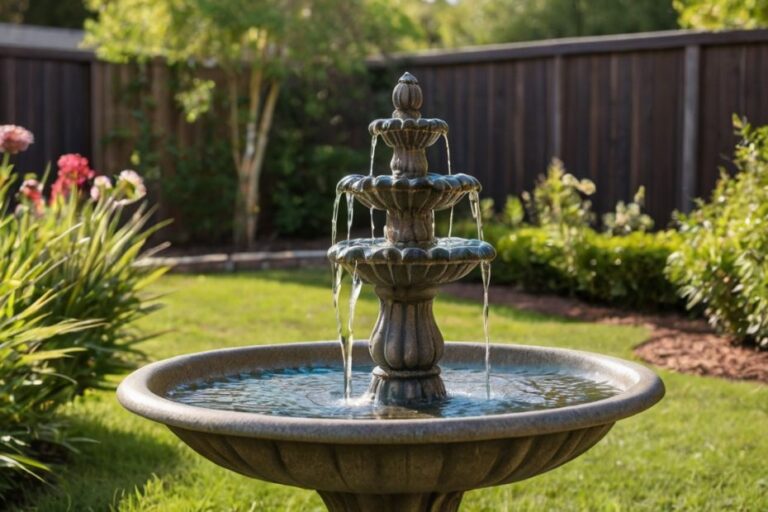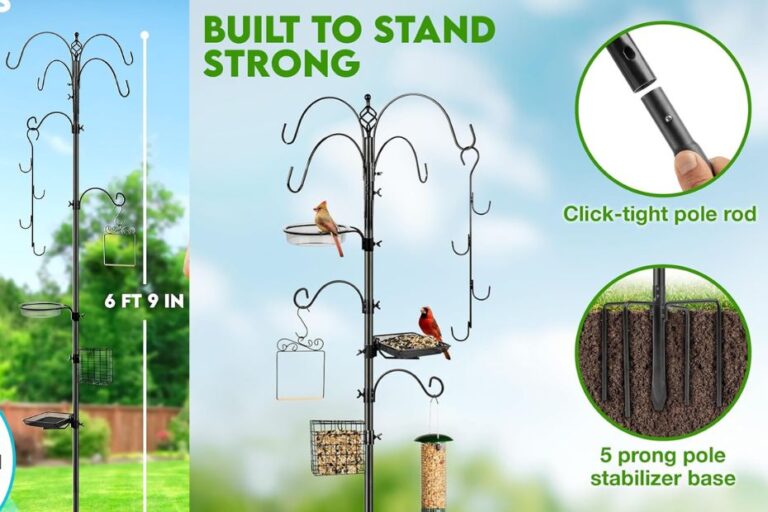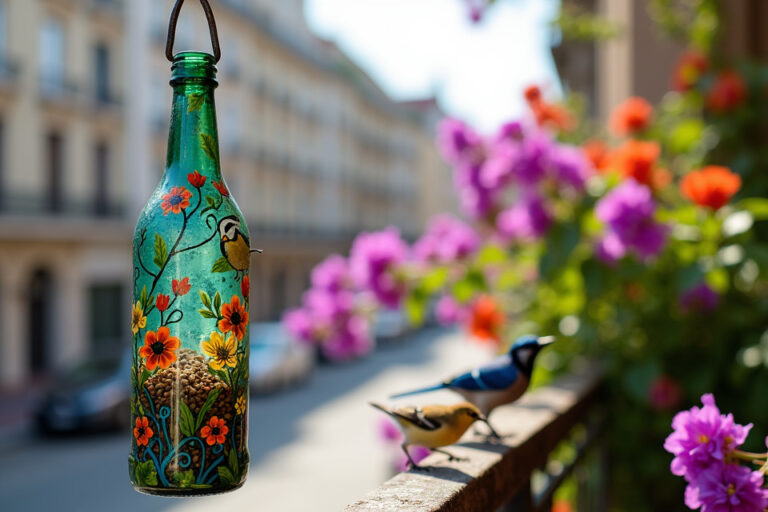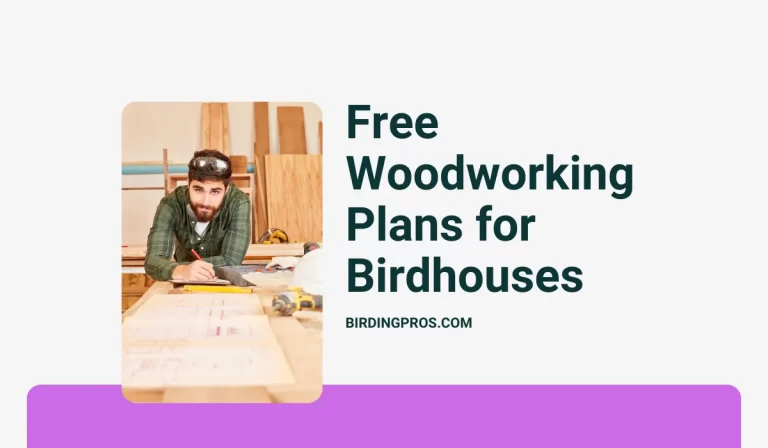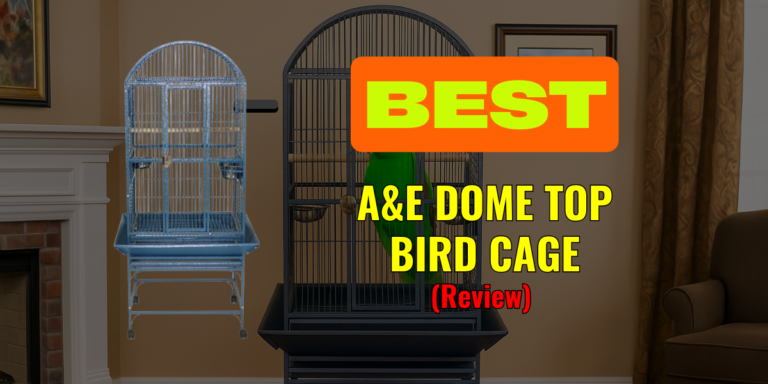Best Hopper Feeders for Birds: Attract Flocks Easily
Hopper feeders are sturdy bird feeders that protect seeds effectively from the elements. They attract a wide variety of birds and are easy to fill and clean.
Hopper feeders provide a delightful way to bring avian activity into your yard. Designed to hold a substantial amount of birdseed, these feeders often feature an enclosed container with a platform and perches, allowing birds to feed from multiple sides.
Their roof-like tops shield the seeds from rain and snow, ensuring the feed stays dry and fresh.
This style of feeder is a favorite among bird enthusiasts because it accommodates both small songbirds and larger species, making it versatile for different types of bird watching.
At a Glance
Introduction To Hopper Feeders
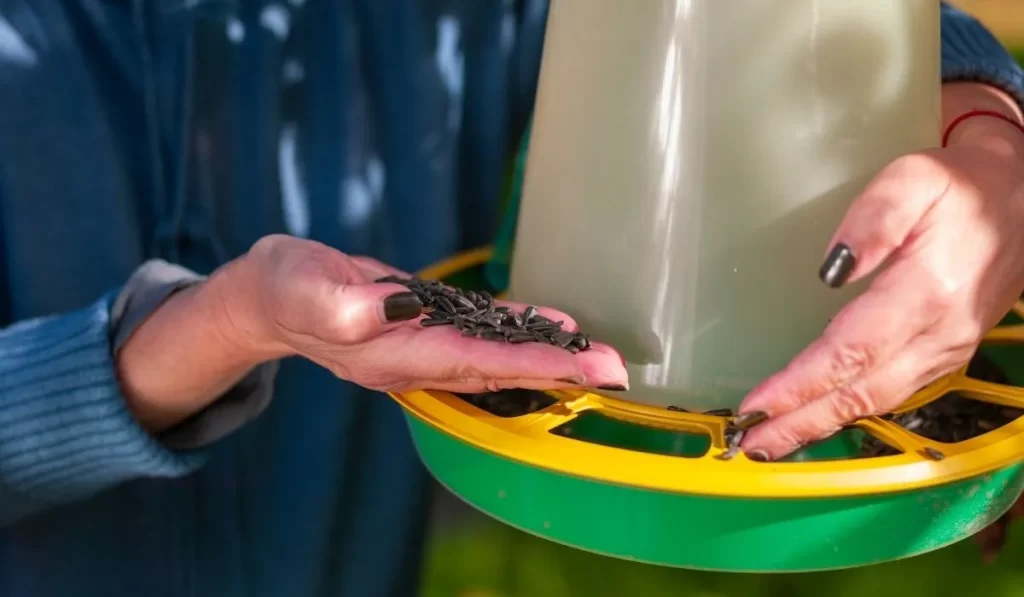
Hopper feeders invite a variety of birds to your garden. These bird feeders protect seeds from the elements. They often accommodate multiple birds at once. Enjoy the sight of feathered friends flocking to your yard.
What Makes Hopper Feeders Unique
| Feature | Description |
|---|---|
| Seed Protection | Keeps seeds safe from rain and snow. |
| Large Capacity | Holds a substantial amount of birdseed. |
| Easy Refilling | Top lifts for simple seed replenishment. |
Choosing The Right Hopper Feeders
Attracting a variety of birds starts with selecting the perfect feeder. A hopper feeder can be a fantastic choice. Hopper feeders offer convenience for birds and bird watchers alike.
They protect seeds from the elements and provide a steady food source for our feathered friends.
Size And Capacity Considerations
Finding the right size is crucial for your garden’s needs. A larger hopper holds more seed, reducing refill frequency. Use the following table to guide your decision:
| Feeder Size | Capacity | Best For |
|---|---|---|
| Small | Up to 2 lbs | Small gardens |
| Medium | 2-4 lbs | Suburban yards |
| Large | 4+ lbs | Busy feeding areas |
Material Durability And Weather Resistance
Material choice impacts a feeder’s longevity. Weather-resistant materials like metal, recycled plastic, or cedar wood are top choices.
They withstand harsh conditions and deter squirrels. Metal feeders often feature a powder coat finish for extra protection.
Plastic models are easy to clean and do not rot. Cedar feeders blend into natural settings and resist decay.
- Metal: Durable, squirrel-resistant
- Plastic: Easy to clean, long-lasting
- Wood: Natural look, decay-resistant
Select a hopper feeder that matches your local climate and wildlife activity. Your birds will thank you with frequent visits, and your feeder will stand the test of time.
Strategic Placement Of Hopper Feeders
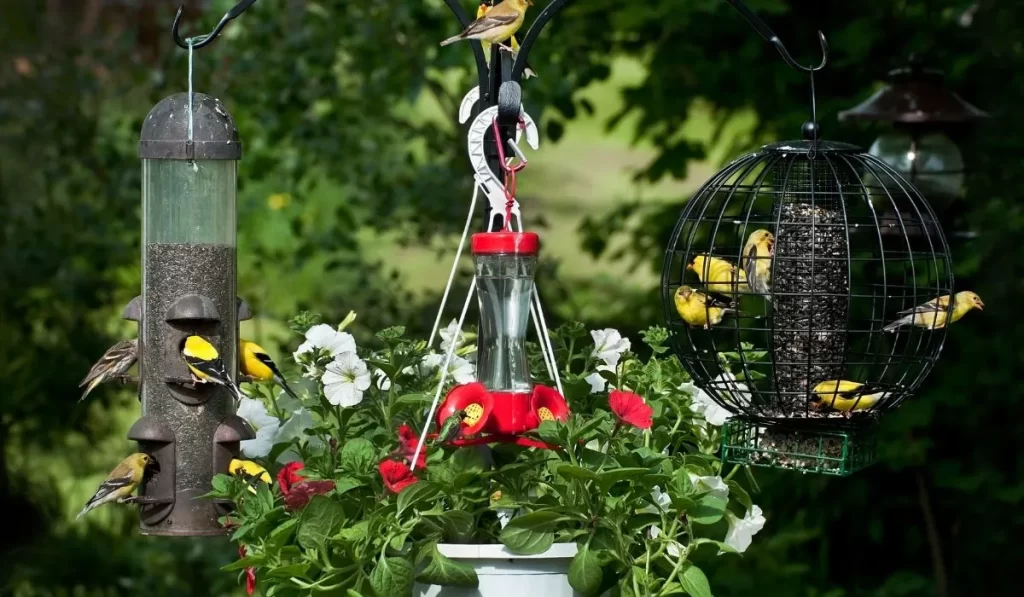
Strategic placement of Hopper Feeders for Birds boosts bird visits. It creates a safe haven for birds to enjoy their meals while adding beauty to your garden.
Let’s explore the ideal spots for these feeders and how to protect our feathered friends from predators.
Ideal Locations For Attraction
Near trees and bushes: Birds feel safe and can quickly escape to cover if needed.
Visible from the sky: Flying birds spot the feeder easily.
Close to windows: Allows close-up views of birds without disturbing them.
Away from busy areas: Quiet spots attract more birds.
Safety From Predators
Keeping birds safe from predators is crucial. Here are some tips:
Avoid ground placement: Keeps the feeder out of reach from cats and other predators.
Use baffles: Baffles prevent squirrels and raccoons from climbing poles or trees to reach the feeder.
Distance from windows: Place feeders over 3 feet away from windows to prevent bird strikes.
Choose open spaces: Birds can spot predators easily.
Read More: How Much Bigger are Ravens Than Crows?
Feeding Tips For A Hopper Feeder
Feeding Tips for a Hopper Feeder can make a big difference in which birds visit your yard. Let’s dive into how to make the most of your hopper feeder.
Types Of Seeds And Blends
Different birds like different seeds. Here’s a quick guide:
Black oil sunflower seeds: Attract many birds.
Mixed seeds: Good for various birds, but can attract less desired ones too.
Nyjer: Tiny seeds for finches.
Safflower: Loved by cardinals.
Choose a mix that suits the birds you want to attract.
Maintaining Freshness And Accessibility
Keeping seeds fresh and easy to get is key. Follow these tips:
Check often: Make sure seeds are dry and mold-free.
Clean regularly: Empty and wash the feeder every two weeks.
Refill wisely: Only add as much seed as will be eaten in a few days.
This keeps birds healthy and your feeder busy!
Maintenance And Hygiene
Keeping hopper feeders clean is essential for bird health. Regular maintenance prevents disease spread. A clean feeder attracts more birds. Let’s dive into the best practices for hopper feeder upkeep.
Cleaning Routines For Hopper Feeders
Regular cleaning ensures bird safety. Follow these steps every two weeks:
Empty the feeder: Remove all seeds and debris.
Disassemble: Take apart your feeder if possible.
Scrub: Use a brush and mild soap. Rinse thoroughly.
Dry completely: Before refilling, ensure it’s dry to prevent mold.
After cleaning, inspect for damage. Replace any worn parts to keep birds safe.
Preventing Disease And Pest Infestations
Diseases and pests harm birds. Keep feeders pest-free with these tips:
Position feeders away from low branches.
Use quality seed to avoid attracting rodents.
Install a baffle to deter squirrels.
| Issue | Solution |
|---|---|
| Mold | Clean more often, use fresh seed. |
| Pests | Use pest-resistant feeders. |
Watch for sick birds. Remove the feeder for a week to stop disease spread.
Read More: Food Guide for Backyard Birding
Seasonal Considerations For Feeding
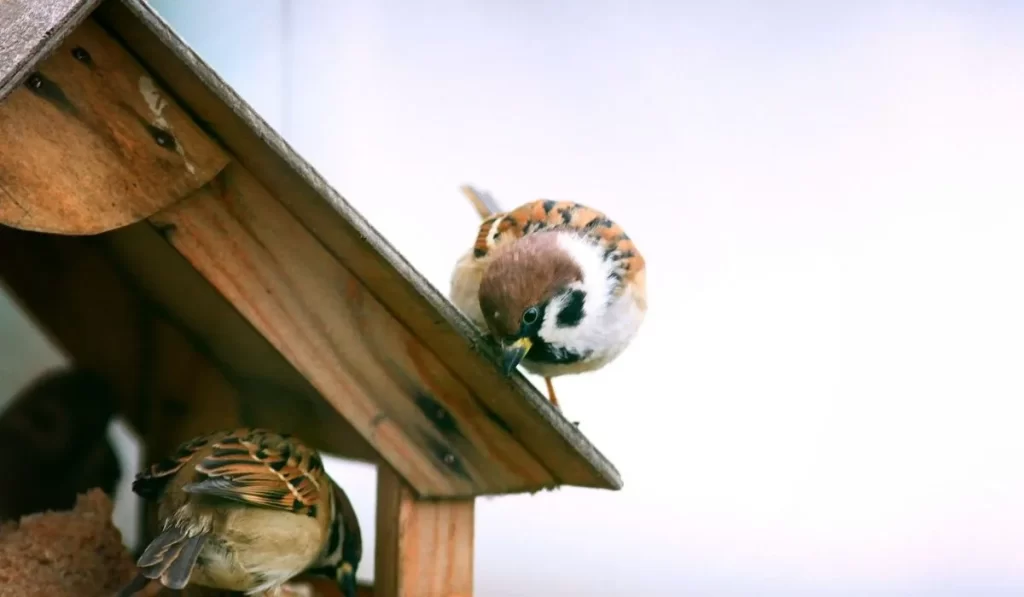
Birds need different foods as seasons change. Seasonal considerations are key for bird feeding. This ensures birds get the right nutrients all year. Let’s explore how to adjust feeding practices with the seasons.
Adjusting For Migratory Patterns
Spring and fall bring migratory birds. They need energy for long flights. Hopper feeders should offer high-energy foods during these times.
- Black oil sunflower seeds attract a variety of birds.
- Suet provides fat needed for energy.
- Mix in fruit and nectar for variety.
Winter Feeding Strategies
In winter, birds seek calorie-rich foods. This helps them stay warm. Hopper feeders should offer these foods:
| Food Type | Benefits |
|---|---|
| Black oil sunflower seeds | High in calories |
| Pea nuts | Good fats for warmth |
| Suet | Provides heat energy |
Keep feeders full. Birds depend on them in cold weather.
Are You Building Your Own Hopper Feeder?
Building your very own hopper feeder can be a fun project. With simple tools and materials, you can create a haven for birds in your backyard.
Not only does it allow you to give back to nature, but it also offers a chance to watch these beautiful creatures up close. Let’s delve into crafting a feeder that will be the talk of the avian community.
Diy Projects And Plans
Step-by-step guides make DIY hopper feeders a breeze. You will need wood, screws, and a clear plastic panel for viewing the seed level. Here are the basic steps:
- Cut wood to specified dimensions.
- Assemble the base, sides, and roof with screws.
- Attach the plastic panel.
- Fill with birdseed and hang outdoors.
Find plans online or in birding guides. Choose a plan that suits your skill level and the tools you have.
Customizing For Specific Bird Types
Attract different birds by customizing your hopper feeder. Consider the size and type of bird you wish to attract. Adjust the size of the feeder openings accordingly.
Small birds: Use smaller openings to keep larger birds out.
Large birds: Create larger perches and openings.
Weatherproofing: Add a sloped roof to protect from rain.
Use different seeds to attract specific bird types. Sunflower seeds are a favorite among many species.
Final Thoughts
Exploring the world of hopper feeders for birds opens up a delightful chapter in backyard birding. These feeders attract a wide variety of birds, offering them a reliable source of food.
By choosing the right hopper feeder, you’re not just feeding birds; you’re also inviting nature’s serenity into your space.
Embracing this simple yet effective bird feeding method enriches your garden’s ecosystem and provides endless hours of natural entertainment.
Let’s make our gardens a haven for our feathered friends.


